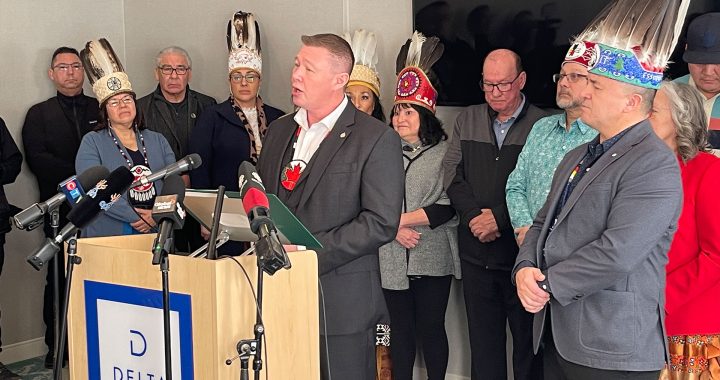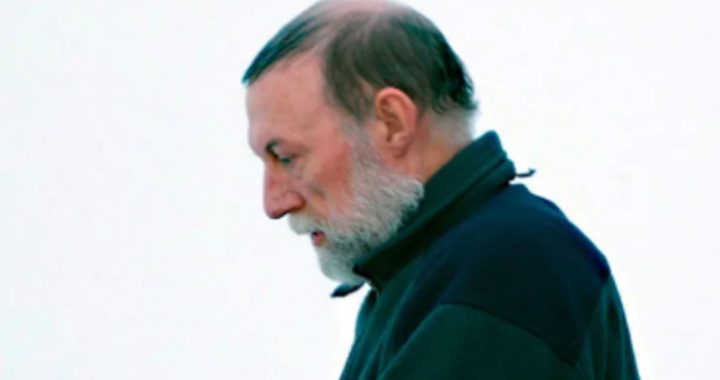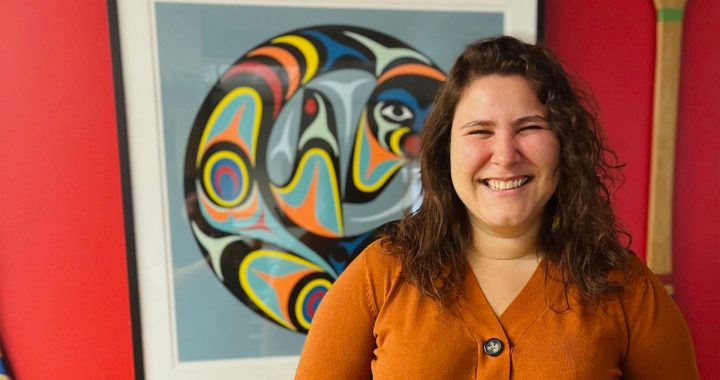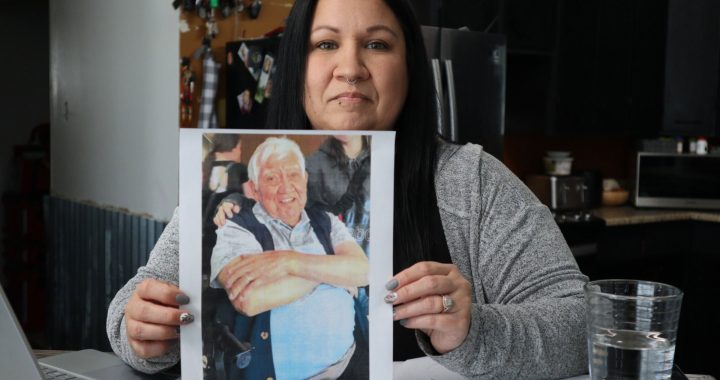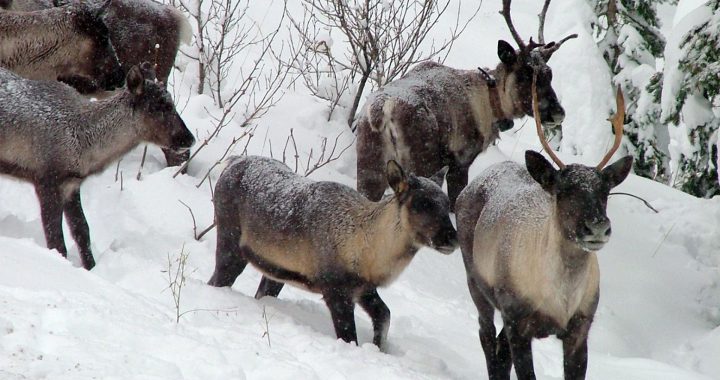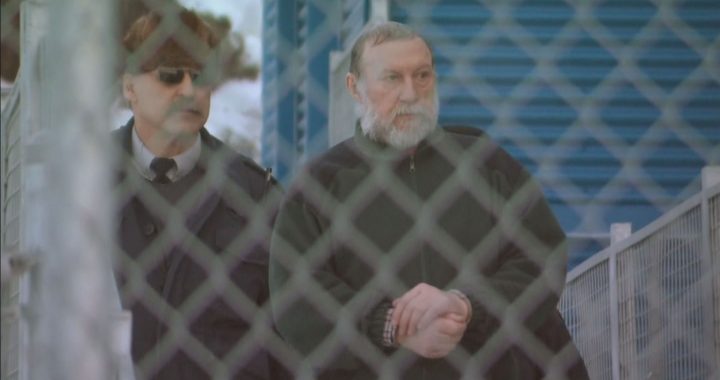Cara Currie Hall returned home this week to be with her community as Pope Francis delivered an apology to Indigenous Peoples across the country who were forced into what were called residential schools.
She said Canada wasn’t alone in building a federally funded program to assimilate Indigenous Peoples into mainstream society.
“The Native American leadership is indeed watching Canada, very closely, and in fact, has partnered with Canada, very closely upon learning that the Pope was coming to Canada,” said Currie Hall who is an intergenerational survivor from Montana First Nation outside Edmonton but now lives in the U.S.
Currie Hall is a member of Montana First Nation and said her family attended the Ermineskin Indian Residential School where the Pope delivered his apology on Monday.
“I am sorry. I ask forgiveness, in particular, for the ways in which many members of the church and of religious communities co-operated, not least through their indifference, in projects of cultural destruction and forced assimilation promoted by the governments of that time, which culminated in the system of residential schools,” the Pope said.
Read More:
Road to Truth: The Pope’s Visit
In Canada, it’s estimated that 150,000 First Nation, Inuit and Métis children were separated from their families under the guise of education and forced into nearly 140 institutions spread out across the country.
In the U.S., by 1925, there were 369 institutions called Indian Board Schools operating in 29 states according to the National Native American Boarding School Healing Foundation.
“The U.S. Native children that were voluntarily or forcibly removed from their homes, families, and communities during this time were taken to schools far away where they were punished for speaking their native language, banned from acting in any way that might be seen to represent traditional or cultural practices, stripped of traditional clothing, hair and personal belongings and behaviors reflective of their native culture,” said the foundation on its website.
“They suffered physical, sexual, cultural and spiritual abuse and neglect, and experienced treatment that in many cases constituted torture for speaking their Native languages. Many children never returned home and their fates have yet to be accounted for by the U.S. government.”
In June, a U.S. Senate committee started hearings on the schools.
“The Indian Boarding School era was a dark period in our nation’s history – a painful example of how past federal policy failed American Indians, Alaska Natives, and Native Hawaiians,” said Brian Schatz, a Democrat and chair of the committee. “We can’t undo history, but we must acknowledge it.
“We have to look at the full scope of these failures unflinchingly, with clear minds and fresh eyes. And most importantly, we must work directly with Native communities on forging a path towards healing.”
Currie Hall said Indigenous survivors in the U.S. are also on a healing journey and that they also want an apology for what were called Indian boarding schools.
“The same thing happened in the United States that happened in Canada,” she said. “It is to establish, a truth and healing commission like what we did in Canada called the TRC – The Truth and Reconciliation Commission, and the discussions are going on.”




